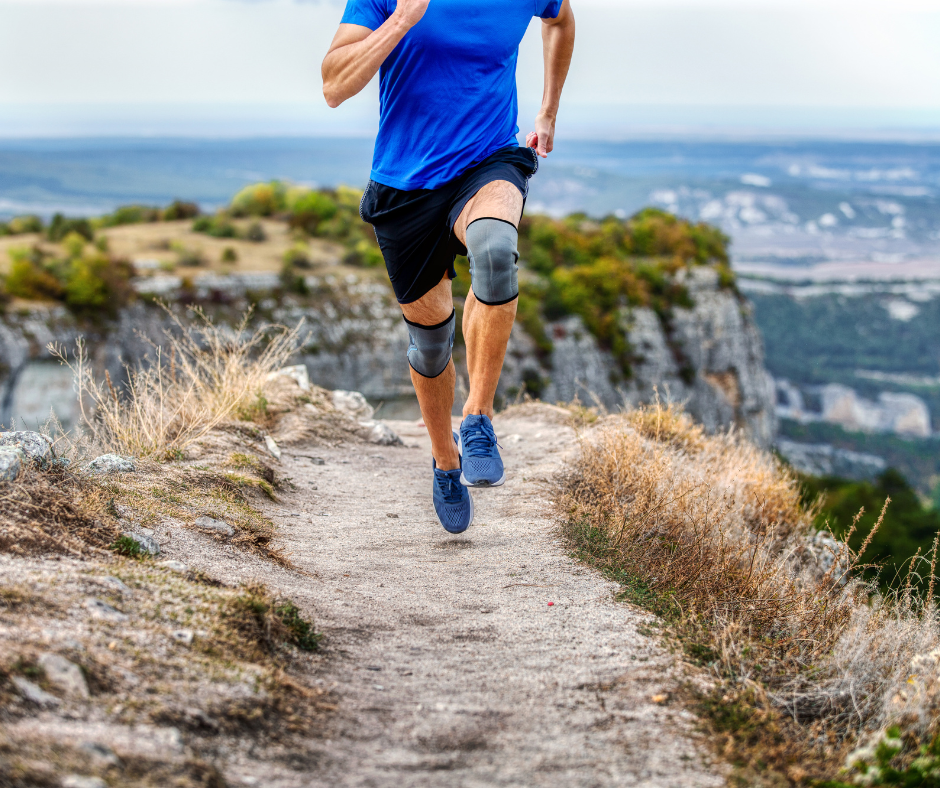Many people use foam knee pads to protect their knees while doing strenuous physical activities such as playing sports, running, biking, and hiking. Aside from these, knee pads are also helpful when doing house chores, such as gardening and cleaning. Lastly, those who work on floor repairs, carpet laying, or roof tiling can also benefit from knee protection since their jobs require kneeling for extended periods.
5 Care Tips for Foam Knee Pads

Because we wear knee pads for protection while performing tasks or exercising, it’s constantly exposed to sweat, dead skin, dirt, and other pollutants. With constant use, these substances can accumulate over time and foster bacterial growth without proper cleaning and care. For this reason, it’s common for knee pads to emit a foul odor, a sign that it needs to be washed or replaced right away. If not done, it can cause discomfort, inconvenience, and skin issues to the user.
If you frequently use foam knee pads in your daily activities, here are some care tips that can help you maintain their quality and cleanliness:
1. Check The Tag For Washing Instructions
Athletic and construction knee pads use foam as a cushioning material to protect knees from impact. Thus, washing them may require extra care. Foam is a soft material that can be deformed or damaged with powerful washing systems and heat drying, and this is why you’ll need to check the manufacturer’s washing instructions. You can usually find these instructions on the pad tag or on the product’s packaging.
2. Put Your Knee Pads On A Separate Laundry Bag
If you have machine-washable knee pads, you can protect them from excessive friction and pressure by putting them in a laundry bag separate from other items. Doing so will also help maintain their texture and form. Additionally, your knee pads for cleaning may contain bacteria and other substances that can spread to other items of clothing if washed together. Hence, you may need to wash your knee pads separately, especially after frequent or heavy usage.
However, it’s also not advisable to wash knee pads on their own if you’re using a washer. When washed alone, they can be damaged easily because of the intense movements in the machine. Instead, you can wash them together with your activewear or workwear.
3. Dry Completely Before Use
Because of its cushioning material, a knee pad may take up to 12 hours to completely dry. However, you’ll need to wait until the cushion is bone dry before using it to avoid discomfort and foul odor. The excess moisture in a semi-dry knee pad can cause it to accumulate dirt more quickly, which can develop a bad smell.
Apart from letting it dry thoroughly, you must avoid hanging it in places with poor ventilation and high humidity, such as the bathroom. Doing so will prolong the drying process and cause the foam to absorb smells and substances that can promote bacterial growth.
Lastly, you’ll also need to avoid heat drying as it can damage the cushion of your knee pads. The best way to dry your protective clothing is by allowing it to air dry under direct sunlight. This drying process allows the pads to maintain their form and integrity while letting the sun’s heat kill the bacteria. Furthermore, airing out your knee pads also helps eliminate unpleasant smells.
4. Handle Your Knee Pads With Care After Each Use
Since your knee pads absorb sweat and dead skin while kneeling or moving, they may also contain bacteria that can harm health. To prevent the spread of bacteria to your other belongings, you’ll need to air out your knee pads after each use. Doing so will also help eliminate excess moisture and foul odor. Then, put your used knee pads in a separate bag to avoid contaminating other items.
5. Use The Right Detergent And Wash Settings
Your washing technique can significantly impact the longevity of your knee pads, which is why it’s essential to handle them with care with each washing session. While these protective items may be exposed to dirt when gardening or excessive sweat from exercise, washing them gently is essential to prevent damage.
For instance, you’ll need to use a detergent that suits the synthetic materials used in your knee pads to prevent the fabric’s early fade or roughness. Also, you’ll need to use gentle wash settings when cleaning them to avoid damaging the foam, stitching, and textiles used.
Conclusion
It’s easy to care for your knee pads to prolong their lifespan and protect their functionality. To do so, you’ll need to allocate time for proper cleaning and drying. While ensuring that other items of clothing won’t be exposed to the bacteria and odor they may contain. Finally, you’ll also need to use your knee pads with care. As well as giving them a break when possible, to avoid premature damage or wear.
Other Posts You Might Enjoy:
How Exercising Positively Affects Seniors
Side Effects of Sleep Deprivation
The Exercises You Need to Improve Your Strength for Fitness Pole Dancing





